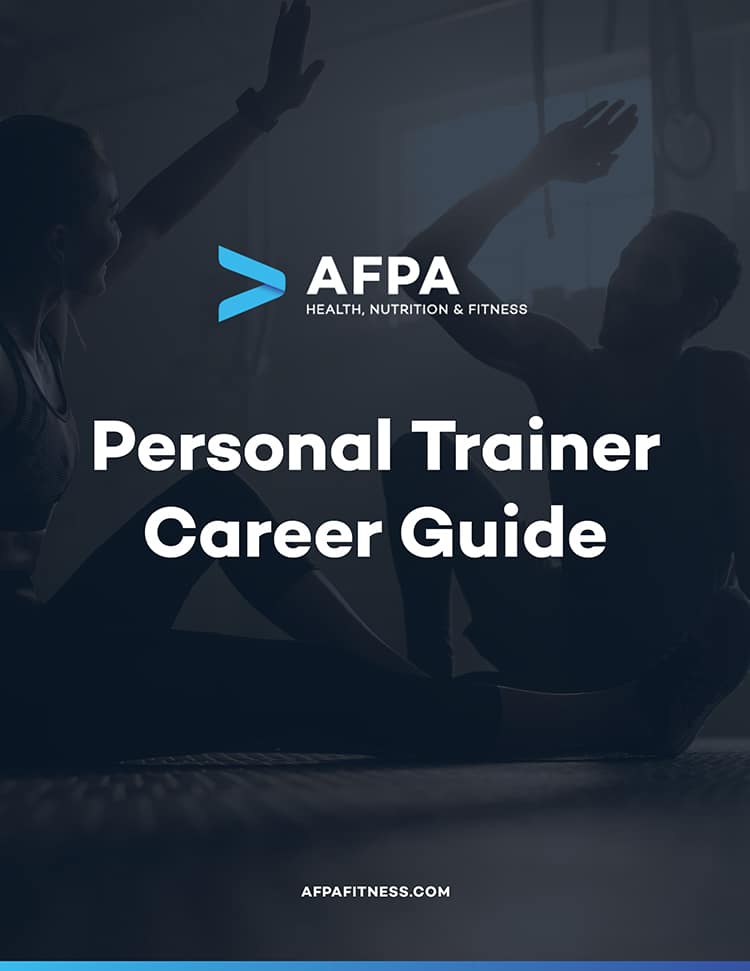When considering which social media platform deserves your main effort, it’s tough to beat Instagram. In December, the site reported it had 600 million users and is adding about 15 million new users every month. Although only a tiny slice of those might be sales leads for your personal trainer business, that share is enough to guarantee sustainable success for your company.
Unlike Facebook—which has its own benefits for promoting a personal trainer business—Instagram tends to draw followers based on interest. Often, potential followers will find you not because they live in the same location, but because they search with terms like fitness, training, or transformation. That allows you to build your personal brand—particularly important if you’re offering online training that can be done anywhere in the world.
Whether you’re just getting started or are deep into the Instagram groove, here are some tips to boost your personal trainer business using the social media platform:
Learn How to Become a Certified Personal Trainer Online in Less Than 6 Months

Stay on message
Your account should have a clearly stated bio that establishes you as a personal trainer, along with a friendly but professional bio photo or business logo. You can include a wide range of related photos—for example, what you eat for breakfast or how you use your rest day—but don’t make the mistake of turning it into a personal-plus-professional page. Too many photos of you hanging out with friends or capturing the sunset on your vacation will dilute your brand. Instead, start a second, personal account for those photos.
Hashtag, hashtag, hashtag
People search hashtags all the time, so load it up. Take a look at other personal trainers on Instagram to see which hashtags they use and always try to use popular ones. You can do a search on hashtags to see how often they’re used. For instance, “#personaltrainer” has more than eight million posts, but “#personaltrainers” has fewer than 200,000. Making up your own hashtags might be fun, but they are less likely to attract followers, because they won’t garner many searches.
Keep descriptions brief
Instagram is all about the photos, so focus most of your energy on taking good ones that build your brand. Your comment on each one should be concise. If you have a long story about a photo, that’s a great opportunity to put it into a blog post and then direct people to the blog from Instagram.
Link to your website in your bio
If you don’t have a website, get a website. Even if your personal trainer business is just starting, a website is a great way to build your brand and establish your credibility. You can link to Instagram and Facebook from there, and you should also include blog posts, links to fitness news, and other resources.
Vary your photos
Here’s one of you lifting weights, followed by another one in the afternoon of you lifting weights and then one the next morning of you lifting weights. We get it: You love the weights! A better approach would be to have a mix of photos. Check out other trainers—especially those with thousands of followers—to get some ideas. For example, Chris Powell (@realchrispowell) has shots of himself in the gym, but also inspirational quotes, photos of clients, funny short videos, and announcements on upcoming workshops.
Be honest
Some trainers make the mistake of trying to look perfect on Instagram. They appear to eat nothing but super healthy food, work out six days a week, and excel at self-care on rest days. Yawn. That’s potentially intimidating to clients, who are looking to connect with you on a personal level. You don’t need to show every setback, but throw in a few posts now and then about your own struggles. Especially helpful are photos of you before you started training, if there’s a significant physical difference.
Like any social media platform, the point is to have fun and enjoy connecting with other people. Respond to comments, share your story, and you’re likely to see success as a result.




